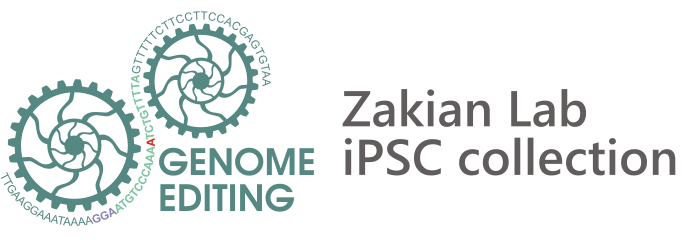Hypertrophic cardiomyopathy (HCM) is one of the most common cardiovascular diseases and is characterized by abnormal thickness of left ventricular wall and interventricular septum, diastolic dysfunction, progressive heart failure, and a high risk of arrhythmias…
Human induced pluripotent stem cells were first obtained in 2007 by Yamanaka and colleagues, for which he received the Nobel Prize in 2012.
Induced pluripotent stem cells are a superior object for both fundamental research, in particular, studying the pluripotency state and developmental biology, and applied fields of science – the generation of cell models of various human diseases and cell replacement therapy. This section presents an IPSC collection of the laboratory.
Control iPSC line – iMA-1LThe induced pluripotent stem cell (iPSC) line iMA-1L was generated from human embryonic dermal fibroblasts using episomal vectors expressing pluripotency factors. The episomes were delivered into the cells by nucleofection (NHDF…
Isogenic HD modelHuntington’s disease (HD) is a severe neurodegenerative disorder caused by a CAG triplet expansion in the first exon of the HTT gene. Here we generated isogenic iPSC-based HD model by introducing 69 CAG…
Amyotrophic lateral sclerosis (ALS) is a neurodegenerative disease characterized by death of motor neurons. To date, neither etiology nor pathogenesis of ALS is clear, which leads to the absence of an effective treatment strategy. Animal…
Hypoxia-inducible factors (HIFs) are transcription factors that play an important role in the adaptive response to hypoxic conditions. HIFs are stabilized in hypoxia but degraded in normoxia. HIF-2α subunit is involved in the regulation of…
Patient-specific induced pluripotent stem cells (iPSCs) capable of differentiation into required cell type are a promising model for studying various pathological processes and development of new therapeutic approaches. However, no conventional strategies for using iPSCs…
The study of molecular mechanisms of hereditary multigene diseases is a complex, largely unsolved problem. This is due to a large variety of genes, a large number and variety of mutation that are directly related…
